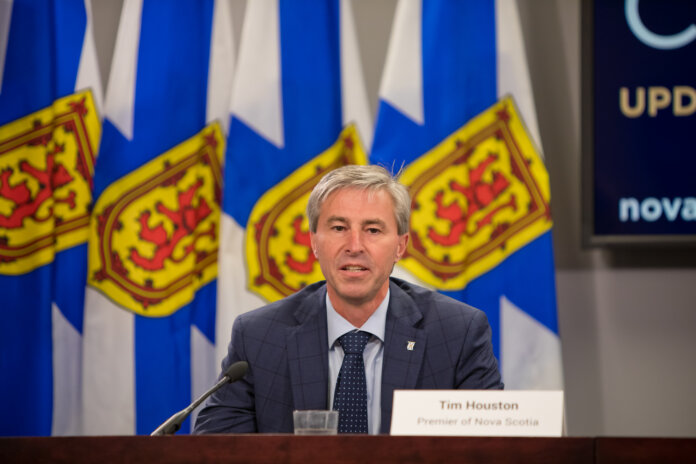HALIFAX: Affordable, safe housing is crucial for a healthy society, quality of life, attracting new residents, social equity and growing the economy. Nova Scotia needs to build more housing and the Province is taking steps to get more homes built quickly.
“The housing crisis is real and Nova Scotians expect us to act,” said Premier Tim Houston. “We’ll do what needs to be done to make sure Nova Scotians can afford a place to call home. We will not wait.”
Creating more affordable housing will take time. In the coming weeks, the Province will introduce interim residential rent-cap legislation to protect tenants once the state of emergency ends. This will limit residential rent increases to 2 per cent per year and will be in effect until December 31, 2023, while more supply is built.
The government will spend nearly $35 million to support over 1,100 new affordable housing units across the province.
During this House session, the government will introduce legislation to create a planning task force to focus on faster planning and development approvals for large residential projects in HRM.
Employers say they’re having trouble finding enough skilled tradespeople. The Province will work to recruit and retain more apprentices, and review the training ratio for apprentices to create more opportunities for them and ease the skilled labour shortage. The government will also eliminate the provincial portion of personal income tax on the first $50,000 of annual income for construction trades workers under the age of 30.
Increasing student housing is another important way to help relieve the overall community housing shortage. The Province will build new residences at three NSCC campuses and create a province-wide student housing strategy.
The planning task force chair will be appointed by the Minister of Municipal Affairs and Housing, and membership will come from the Province and the municipality. It will focus on analyzing and approving large residential developments in the Halifax area.
The Province is identifying a list of provincially-owned properties that can be used for housing. Staff will work with community groups, municipalities and others to get projects underway on these lands as quickly as possible.
The Province will also create a regional transportation group, including engineers and planners from the municipality and the Province, to create a master transportation plan for HRM. This group will review roads, ferries and public transit to ensure the transportation system is set up for rapid residential growth in the coming years.
Inclusionary zoning, a planning tool that requires or encourages affordable housing in a new development, will be added to the Halifax Regional Municipality Charter and the Municipal Government Act this House session.
The Province will also meet with municipalities across the province to discuss other possible measures that will support affordable housing, such as better regulation for short-term rental units and flexibility in taxation to encourage development.
Quotes:
“We can’t solve the affordable housing crisis without building more places for people to live. We will work with HRM to quickly approve new developments, so more people have a safe place to live in our province’s largest city.”
– John Lohr, Minister of Municipal Affairs and Housing
“We’ve heard from many Nova Scotians who are worried they won’t be able to afford their rent when the state of emergency ends. This interim rental cap will help keep those people housed while we work on long-term solutions.”
– Colton LeBlanc, Minister of Service Nova Scotia and Internal Services
“This is great news for our students. We look forward to working with government to increase housing options near our campuses.”
– Don Bureaux, President, Nova Scotia Community College (NSCC)
Quick Facts:
— as of July 1, Nova Scotia’s population had increased from 942,970 to 992,055 over the last five years
— as of October 2020, there were 401,990 private households in Nova Scotia
— of the private households in Nova Scotia, 61,008 were private apartment units located in properties with three or more units, and 52,244 are located in HRM
— HRM’s vacancy rate is at 1.0 per cent; the average rental rate increased by 4.1 per cent in 2020
— Minister Lohr’s mandate letter includes a commitment to identify a full inventory of lands owned by the Province in the first three months, identify other areas that could be used for housing, and work to implement the recommendations of the Nova Scotia Affordable Housing Commission
Additional Resources:
A Healthy Nova Scotia: Solutions for Housing and Homelessness: https://beta.novascotia.ca/documents/solutions-housing-and-homelessness
Mandate letter of the Minister of Municipal Affairs and Housing: https://novascotia.ca/exec_council/letters-2021/ministerial-mandate-letter-2021-MAH-EMO-MR.pdf
Report and recommendations of the Nova Scotia Affordable Housing Commission: https://beta.novascotia.ca/documents/affordable-housing-report-spring-2021





































